The pretty village of Port Grimaud is situated 6km to the west of St Tropez in the Provence-Alpes-Côte d'Azur region in southeastern France. Not to be confused with the medieval village of Grimaud nearby, Port Grimaud is known as ‘Little Venice’ due to its beautiful waterside setting and canal highways that criss-cross the town. Port Grimaud property can be found throughout the four main islands that make up the town, which are, like Venice, connected by a series of beautiful bridges spanning the glittering waters. The extensive network of canals and rivers are lined with characterful Port Grimaud property, shops and restaurants.
While Port Grimaud property, in its pretty hues of cream, pink and terracotta, may appear to be part of an ancient, sleepy fishing village, the whole resort is, in fact, a carefully planned community, and the brainchild of one architect, Francois Sperry. Modelled on Venice, but capturing the essence of traditional Provencal architecture, Port Grimaud is a popular destination among tourists and locals alike, with a captivating beauty and charm.
Beneath the veneer of traditionalism and aged beauty, Port Grimaud could only have been planned by an architect, with the facilities of the town easily accessible from any Port Grimaud property either on foot or by boat. Cars are largely obsolete within the town boundaries, allowing for a peaceful and relaxing atmosphere. In addition, Sperry designed the village around the fundamental principle that every Port Grimaud property should have private moorings for a boat on the canals.
Today, Port Grimaud property is as popular with boating enthusiasts as it was when the development was first conceived. Sperry designed a community that was picturesque in both natural beauty and architecture, and this vision has been carefully retained until the present day. Each Port Grimaud property is designed to be unique and with its own character and, as such, painted a subtly different colour of a palette of muted shades of pink and orange to its neighbours. Such care is taken of the original vision, this is strictly maintained, leading to a spectacularly beautiful town where each Port Grimaud property is unique and yet uniform with traditional ridged terracotta roofing tiles, and frontages decorated with traditional shutters and wrought iron.
There is a wide choice of Port Grimaud property available, with around 2,000 dwellings spanning 3 developments, from the first and original begun in the 60’s, to the most recent completed in the 90’s. Without exception, Port Grimaud property is well maintained and highly desirable. With property owners such as Joan Collins, Port Grimaud property is highly sought after and has an excellent letting potential.
Sperry, who died in 1999, now lies in the church in which he designed, at the heart of the town he built. Arguably the best vantage point from which to view his great work is from the church tower, which provides fantastic panoramic views across the whole town with its glittering canals, and out to the hills rising in the distance and the vast open vista of the Mediterranean. This view is captured in the stained glass of the church, which depicts the passage of the sun across the sea.
The market at Port Grimaud is held three times a week and sells a range of fresh produce and essentials, drawing a great many people to the bustling heart of the town. After a busy day in the market, there are few better ways to relax in Port Grimaud than a waterside café or restaurant, offering the beautiful canal-side views that are so reminiscent of Venice.
As Port Grimaud is located next to the Gulfe de St Tropez, and much of the Port Grimaud property is found next to one of the development’s many canals, water and water pursuits are very important to the area. As well as the spectacular beaches nearby that offer a wealth of watersports, Port Grimaud property offers a truly unique location from which to enjoy boating, yachting, or simply dining on the canalside, watching the reflections of the lights on the still waters.
The pretty village of Port Grimaud is situated 6km to the west of St Tropez in the Provence-Alpes-Côte d'Azur region in southeastern France. Not to be confused with the medieval village of Grimaud nearby, Port Grimaud is known as ‘Little Venice’ due to its beautiful waterside setting and canal highways that criss-cross the town. Port Grimaud property can be found throughout the four main islands that make up the town, which are, like Venice, connected by a series of beautiful bridges spanning the glittering waters. The extensive network of canals and rivers are lined with characterful Port Grimaud property, shops and restaurants.
While Port Grimaud property, in its pretty hues of cream, pink and terracotta, may appear to be part of an ancient, sleepy fishing village, the whole resort is, in fact, a carefully planned community, and the brainchild of one architect, Francois Sperry. Modelled on Venice, but capturing the essence of traditional Provencal architecture, Port Grimaud is a popular destination among tourists and locals alike, with a captivating beauty and charm.
Beneath the veneer of traditionalism and aged beauty, Port Grimaud could only have been planned by an architect, with the facilities of the town easily accessible from any Port Grimaud property either on foot or by boat. Cars are largely obsolete within the town boundaries, allowing for a peaceful and relaxing atmosphere. In addition, Sperry designed the village around the fundamental principle that every Port Grimaud property should have private moorings for a boat on the canals.
Today, Port Grimaud property is as popular with boating enthusiasts as it was when the development was first conceived. Sperry designed a community that was picturesque in both natural beauty and architecture, and this vision has been carefully retained until the present day. Each Port Grimaud property is designed to be unique and with its own character and, as such, painted a subtly different colour of a palette of muted shades of pink and orange to its neighbours. Such care is taken of the original vision, this is strictly maintained, leading to a spectacularly beautiful town where each Port Grimaud property is unique and yet uniform with traditional ridged terracotta roofing tiles, and frontages decorated with traditional shutters and wrought iron.
There is a wide choice of Port Grimaud property available, with around 2,000 dwellings spanning 3 developments, from the first and original begun in the 60’s, to the most recent completed in the 90’s. Without exception, Port Grimaud property is well maintained and highly desirable. With property owners such as Joan Collins, Port Grimaud property is highly sought after and has an excellent letting potential.
Sperry, who died in 1999, now lies in the church in which he designed, at the heart of the town he built. Arguably the best vantage point from which to view his great work is from the church tower, which provides fantastic panoramic views across the whole town with its glittering canals, and out to the hills rising in the distance and the vast open vista of the Mediterranean. This view is captured in the stained glass of the church, which depicts the passage of the sun across the sea.
The market at Port Grimaud is held three times a week and sells a range of fresh produce and essentials, drawing a great many people to the bustling heart of the town. After a busy day in the market, there are few better ways to relax in Port Grimaud than a waterside café or restaurant, offering the beautiful canal-side views that are so reminiscent of Venice.
As Port Grimaud is located next to the Gulfe de St Tropez, and much of the Port Grimaud property is found next to one of the development’s many canals, water and water pursuits are very important to the area. As well as the spectacular beaches nearby that offer a wealth of watersports, Port Grimaud property offers a truly unique location from which to enjoy boating, yachting, or simply dining on the canalside, watching the reflections of the lights on the still waters.
1. Signing the Agreement (Compris)
On finding a property you wish to purchase you will need to negotiate the terms, price and conditions of the sale with the owner.
The next step, once you are in agreement, is to sign the preliminary contract (Compromis de Vente). This is a legal document and after ten days will be binding on both parties. Rules change frequently in France and it is best to consult with your notary about when this period starts. Generally the compris will be signed in France with the Agent.
Variants can be included in the compris, for example an Acte (clause) can be added if the name or names to go on the title deed have not been finalised. If a mortgage will be required to purchase the property, the details for this, including the name of the mortgage company, must be on the compris.
2. Paying the Deposit
Generally the deposit will be 10% of the agreed purchase price. This will normally be paid to the notaire. There are exceptions to this, if the agent holds a carte professionelle, is bonded and fully registered then you may pay them, but do not hand over the deposit to anyone else. If for some reason the purchase does not go through, for example, if you write to the notaire and the agent that you do not wish to go continue with the purchase before the contract is binding (within seven days of signing the compris), then your deposit would be repaid. This would also apply if a condition had not been met, or the mayor or S.A.F.E.R. (a government agency that has the right of first purchase on most rural property that comes onto the market in France) could oblige the purchaser to give way. If you decide after the seven days 'cooling off' period that you do not wish to complete the purchase and pull out of the sale you would lose your deposit. If however the vendor pulls out of the sale then you will receive your deposit back plus the same amount from the vendor.
3. On Completion
Generally it will take around two or three months to complete the purchase.
During this time the balance of the purchase money must be paid into the account of the notaire, this must be done well ahead of the completion date. The notaire will prepare the documents, check that the deed of sale (Acte de Vente) is in order and have the legal title ready to be signed over. It is possible to have someone sign on your behalf if you give them power of attorney. An interpreter may be of use at this point if your French is not very good and many Notaires will suggest (or insist) that an interpreter is with you.
IMPORTANT - Disclaimer :
All information provided is believed to be current and provided free of charge. No liability can be accepted for the reliability of the information and statements made as this is obtained from 3rd parties. We always recommend you take legal advice from a fully qualified Lawyer or Notary before buying a property overseas.
Close
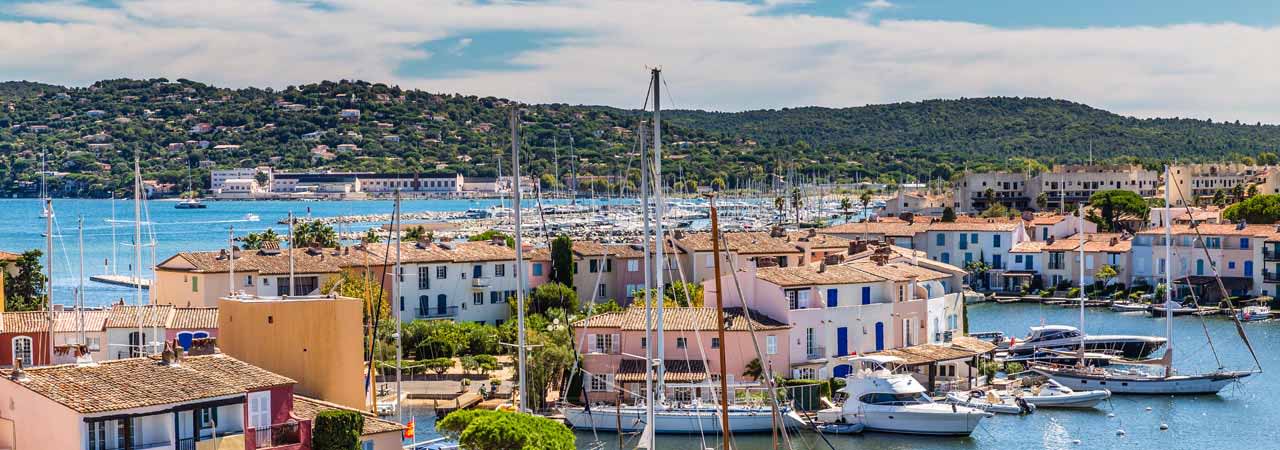


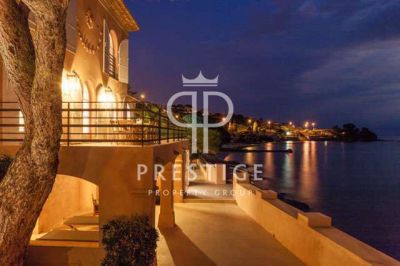
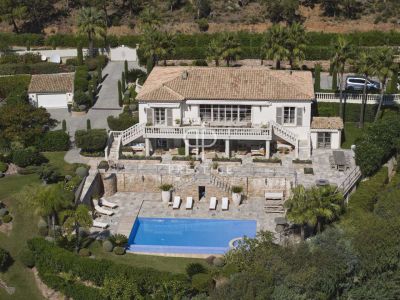

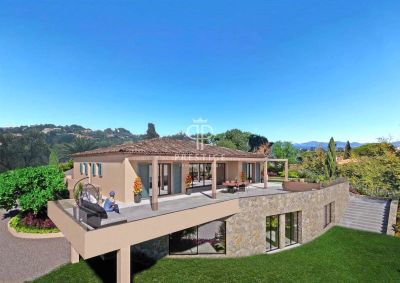
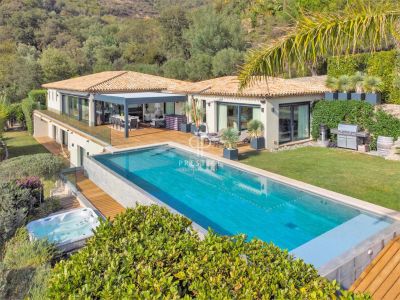

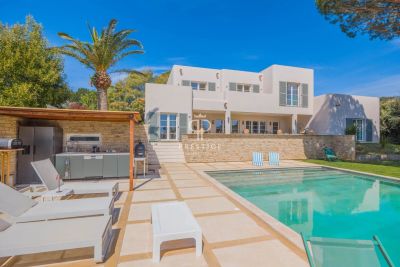
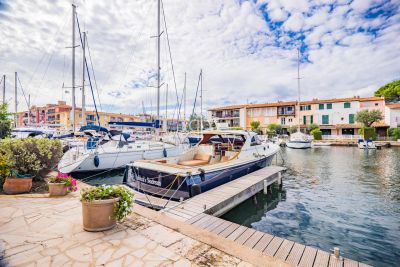
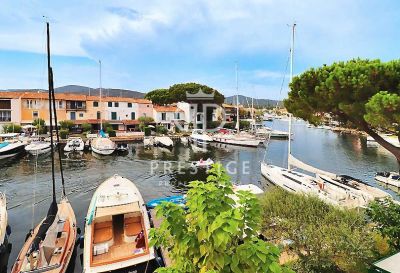

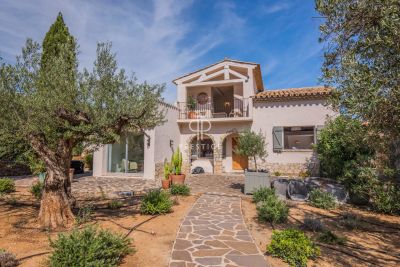

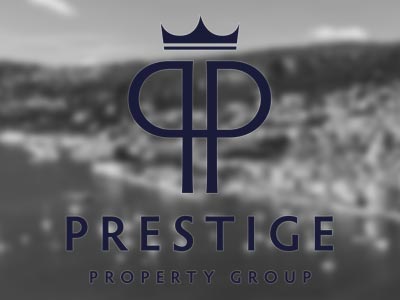
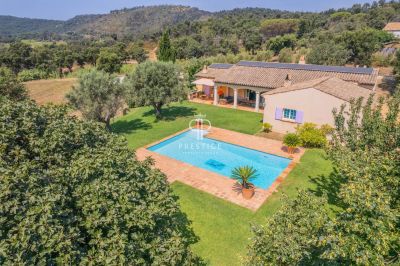



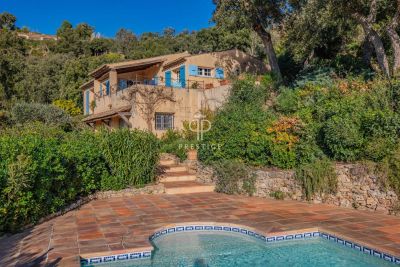

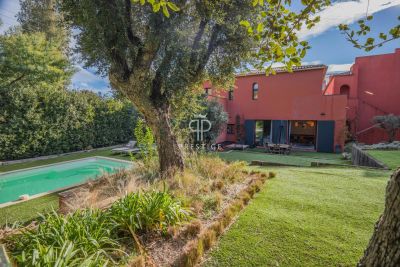


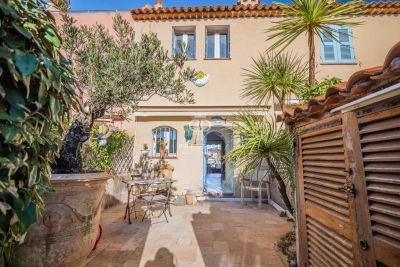
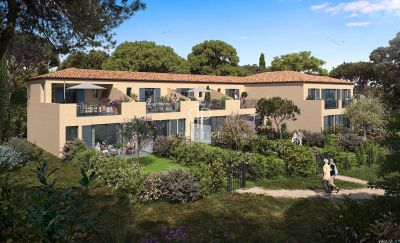
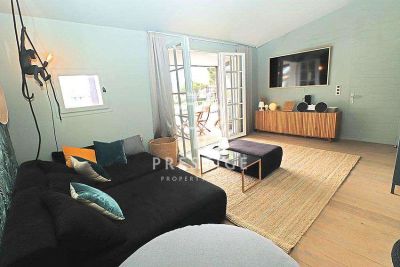



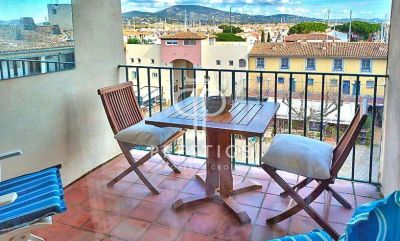





 Facebook
Facebook Twitter
Twitter Instagram
Instagram